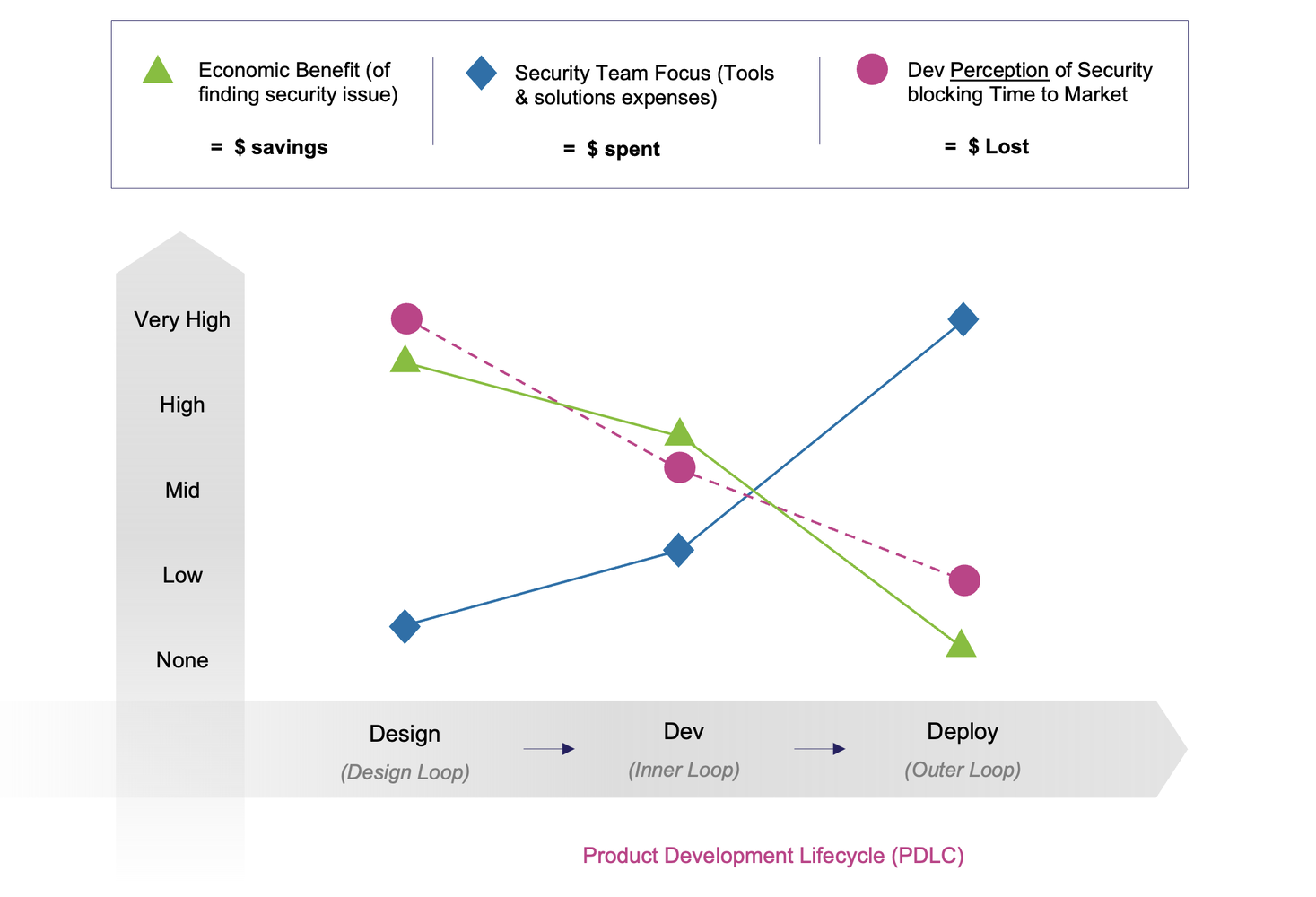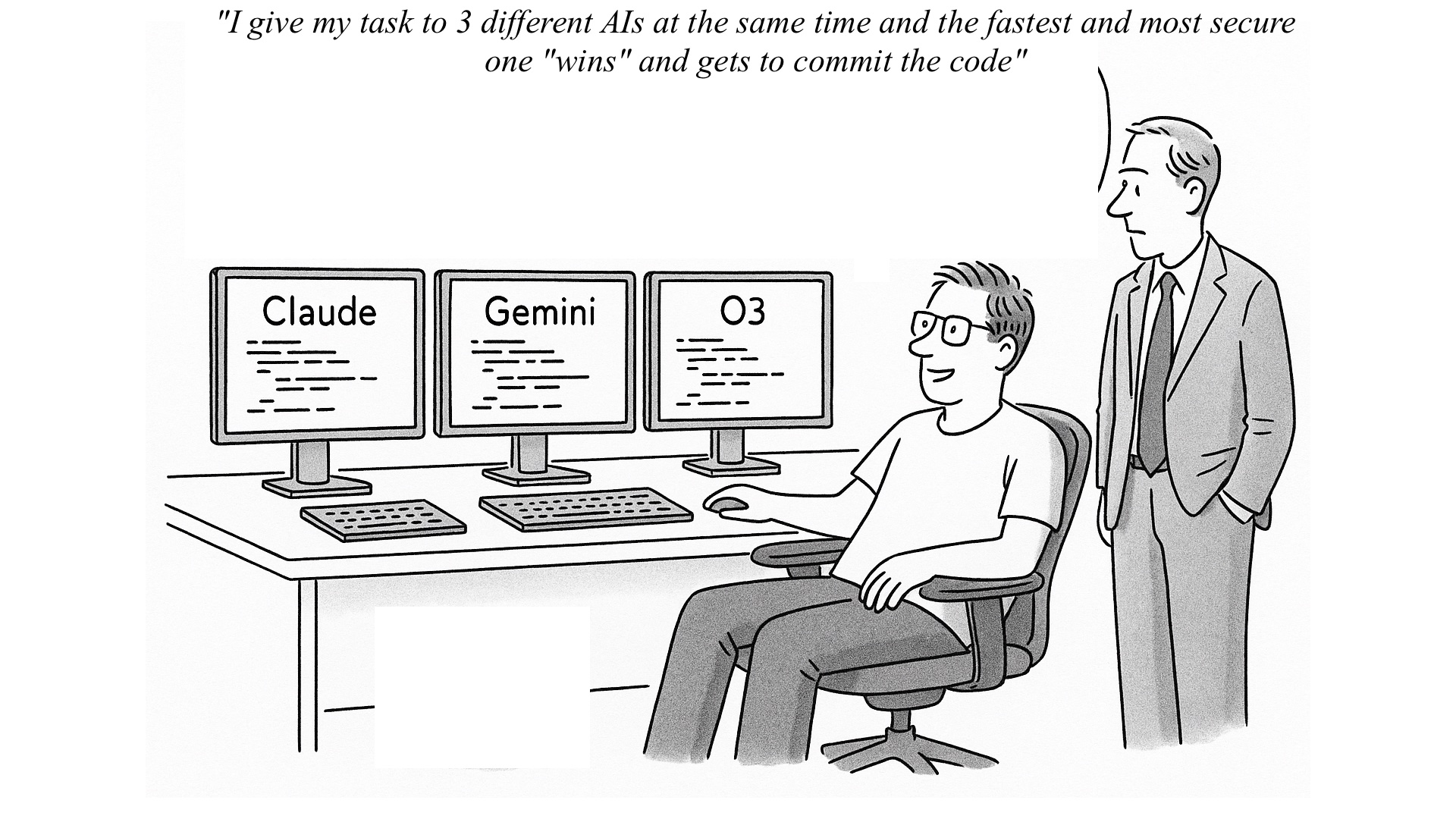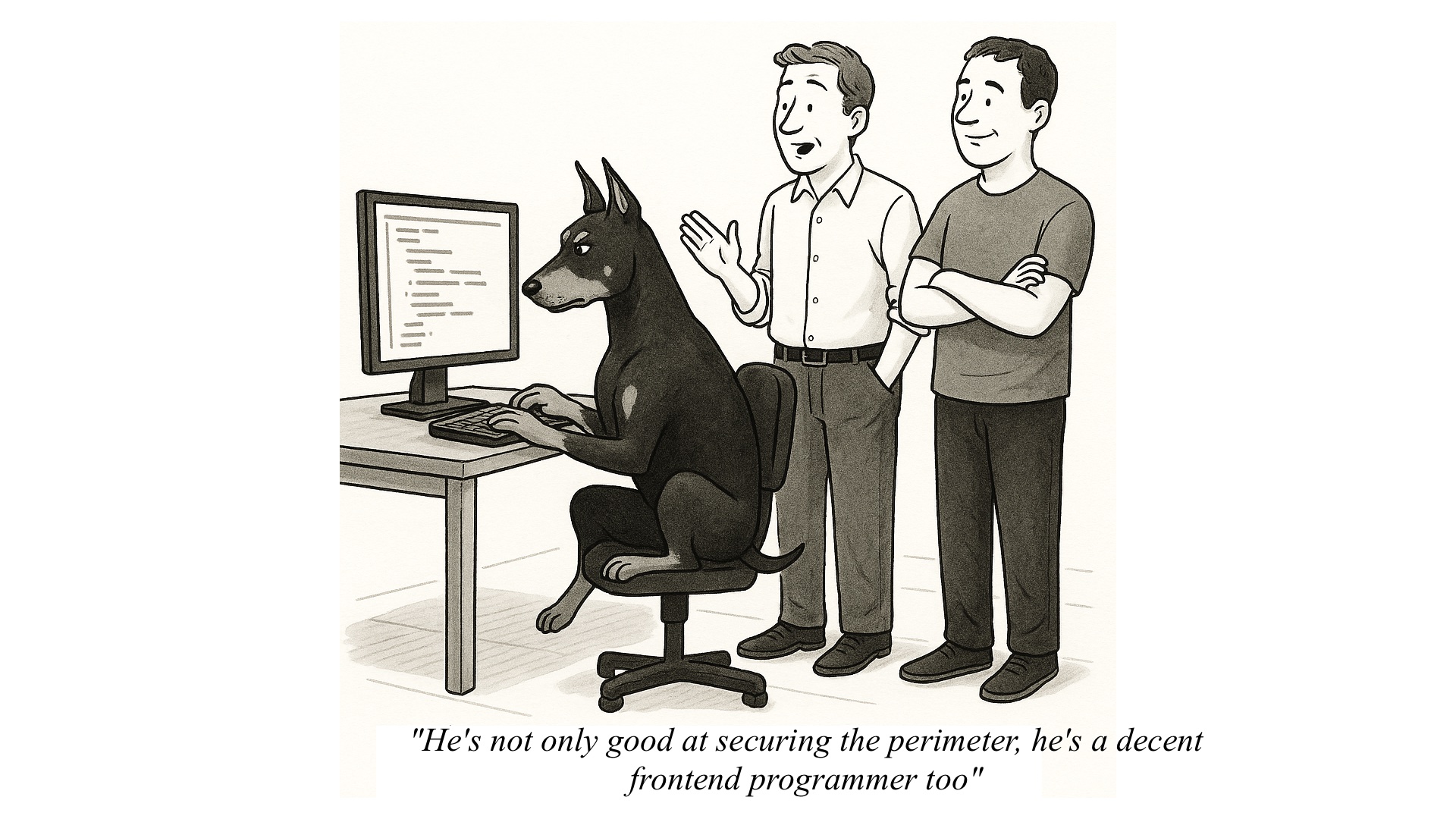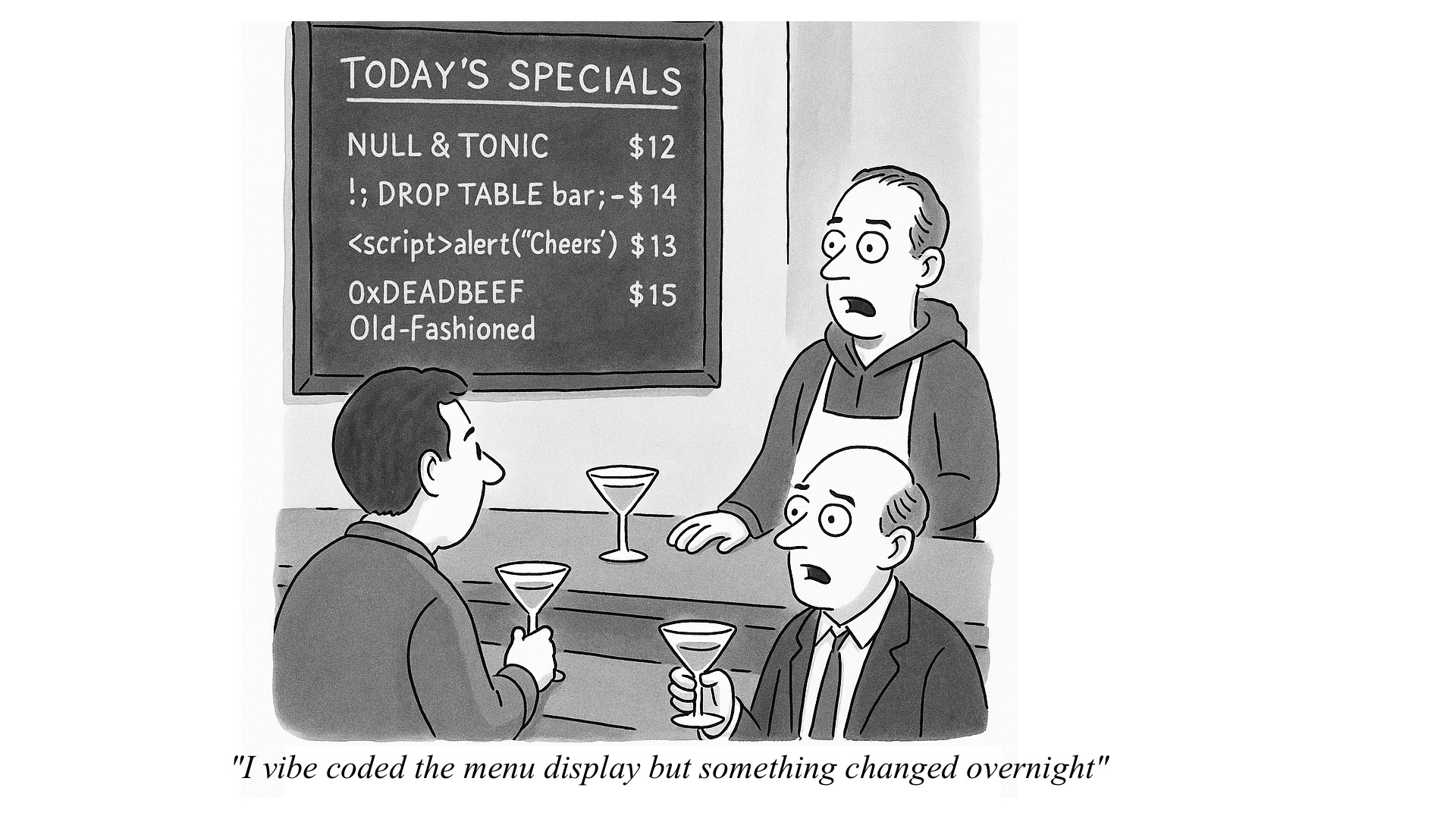· Pratik Roychowdhury · blog · 8 min read
Emergence of the Chief Product Security Officer (CPSO) in the AI-Native Era
As applications evolve into AI-native products with agentic development, CSOs and CISOs are fundamentally rethinking their organizational structure. The Chief Product Security Officer represents this critical evolution.
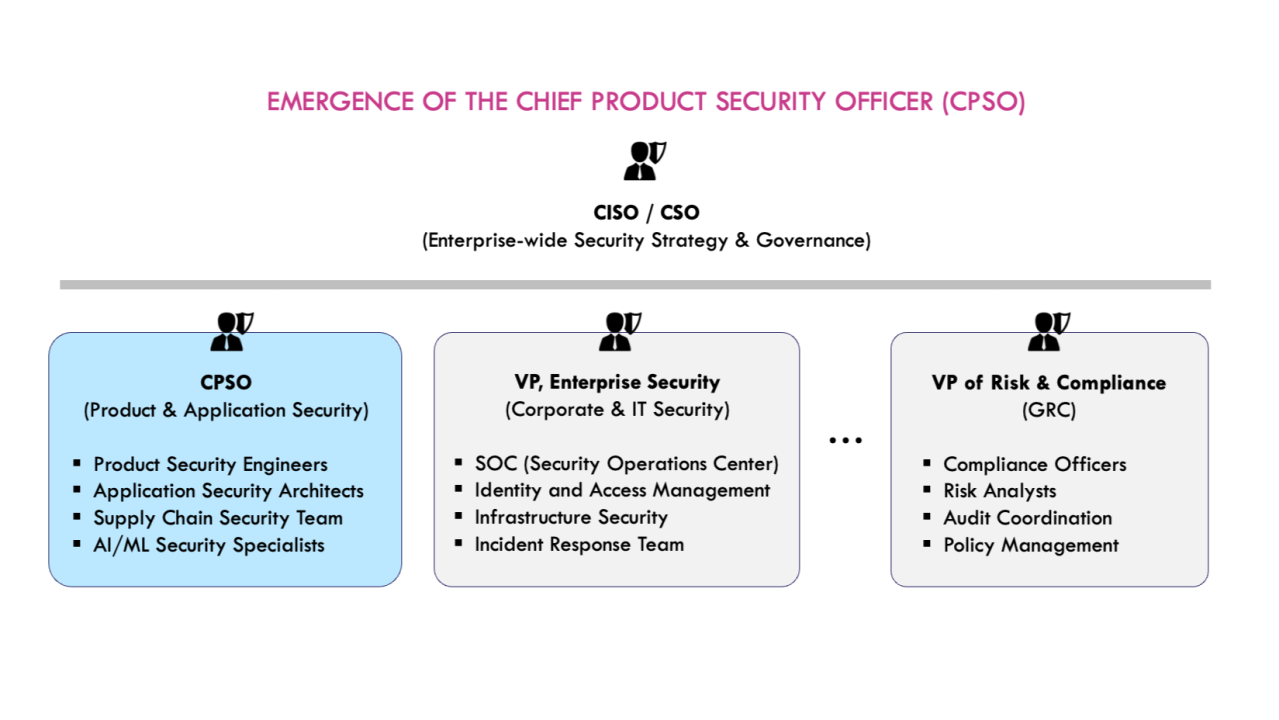
We are at an inflection point for applications and security in this AI-native era. We recently had this interesting conversation with a product-security leader:
Me: “Will the Chief Product Security Officer role be mandatory by 2030?”
Leader: “Yes.”
Why? Because “apps” have become AI-native products - agentic dev & deploy, LLMs-based, ephemeral clouds, and dense third-party supply chains and integrations. What used to be three-tier or microservices-based is now a constantly shifting ecosystem of components, making autonomous decisions at scale.
This evolution is resulting in a corresponding transformation in how we approach security. CSOs/CISOs, especially at product-led organizations are fundamentally rethinking their organizational structure.
Enter the Chief Product Security Officer (CPSO), the CISO’s most critical extension into product - a domain-fluent executive who works closely with product-engineering-design teams, operates at product speed, and ensures security throughout the product lifecycle (design, dev, pipelines, and runtime).
Application Evolution: Speed, Scale, and Complexity
Modern applications aren’t just applications anymore. They are complex products operating at unprecedented speed and scale. This transformation is being driven by multiple forces working in concert, and it’s creating a challenge that no security leader can tackle alone.
Traditional applications followed three-tier architectures, or microservices with cloud-native elements and APIs, and some integrations. Today’s products, on the other hand, have everything driven by APIs, a huge number of third-party services and integrations at every level, complex supply chains of open source (OSS) components, and increasingly incorporate autonomous agents and Large Language Models (LLMs). Throw into that mix, numerous AI-native services that make independent decisions, cloud-native workloads that spin up and disappear in seconds, ephemeral functions that exist only momentarily, and the proliferation of low-code and no-code platforms that democratize development while multiplying security considerations.
When you look at the speed and scale of these applications, it also tells a very stark story. We used to rely on manual coding with basic CI/CD automation and dealt with a manageable number of components. We now operate in an environment of agent-driven (aka agentic) and/or vibe-coded development (Cursor, Lovable, Replit) and deployment (Vercel, etc.). The number of components and integrations has also exploded exponentially, creating an entirely new set of challenges.
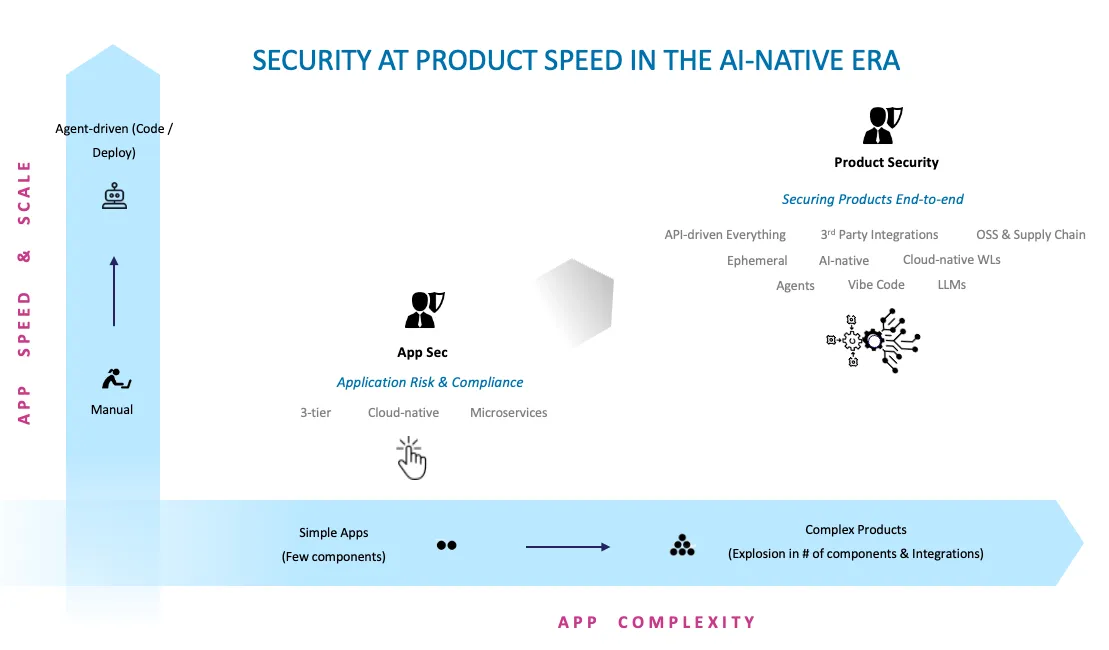
This exponential growth in speed, scale, and complexity, challenges even the most advanced and well-prepared security organizations. This isn’t just an incremental change, but a fundamental shift in how software applications and products are built, deployed, and maintained.
Every aspect of the software development lifecycle (SDLC), or shall we say product development lifecycle (PDLC), has evolved.
Security is, therefore, also evolving along with it, and so is the security organization.
Enter the Chief Product Security Officer (CPSO)
Traditional CSO/CISOs excel at a broad range of responsibilities including enterprise-wide risk, compliance, and infrastructure defense - functions that remain essential. However, in software-led businesses (such as SaaS, e-commerce, FinTech, HealthTech, InsurTech, etc.) with complex business logic, agentic systems that make millions of autonomous decisions, and codebase that deploys several times a day, what matters is also depth in the security focus.
The CISO/CSO, therefore, needs a product-focused domain-expert leader who works shoulder-to-shoulder with developers and product owners to build security into design, delivery, and operations.
The Chief Product Security Officer represents a fundamental evolution in how CSO/CISOs & CIOs are structuring their organizations. This isn’t just another director or VP role - it’s a senior executive position with its own mandate, metrics, and often, a team rivaling traditional security operations in size and importance.
The CPSO typically comes from a development background, and becomes the CSO/CISO’s product-focused counterpart within the security organization. While the CSO/CISO maintains overall security strategy and board reporting, the CPSO owns the entire product security domain with significant autonomy. The CPSO operationalizes the CSO/CISO’s vision within product domains, while also surfacing ground-level insights from engineering and product teams to help refine and strengthen that strategy.
Why is This Organizational Evolution Happening Now
The emergence of the CPSO role isn’t just bureaucratic expansion - it’s an essential response to the CSO/CISO’s expanding responsibilities. CSO/CISOs are recognizing they need senior leadership, who can own entire product domains independently.
The CSO/CISO’s charter has expanded. Modern CISOs are expected to handle enterprise security, application & product security, compliance, risk management, privacy, and often physical security. Without senior domain leaders like the CPSO, the CISO is spread across an ever-expanding set of responsibilities. By having a CPSO, the CSO/CISO can focus on strategy while ensuring product security gets the executive attention it demands.
Product security requires different skills and relationships. The CPSO spends their time with product managers, engineering leaders, and customers - constituencies the CISO may not have bandwidth to engage deeply. The CPSO offers a bridge between product/engineering and security worlds, allowing the CISO to maintain focus on board reporting, enterprise risk, and organizational strategy.
Product Security Demands a C-Level role. As product security and AppSec become core to how software businesses win, this work warrants the C-suite. Top talent won’t stay where the ceiling is “Director.” Establishing a Chief Product Security Officer (CPSO) creates a true executive track, helps CISOs attract and retain elite product-security leaders, and signals that product security is a first-class capability embedded in strategy, roadmap, and execution.
Acts as a force-multiplier for the CISOs. Just as CEOs build executive teams, modern CISOs need senior leaders who can scale the security organizations. The CPSO represents the CISO in product meetings, and even present to the board on product security matters - force multiplying the CISO’s effectiveness.
The CPSO’s Charter: What Makes This Role Unique
The CPSO operates with autonomy and is the go-to person for all things product security. They own developer relationships (i.e. bringing dev-sec collaboration), product security strategies (i.e. ensuring security through the entire PDLC), and are involved early at the design loop (i.e. creating threat modeling and security requirements). These are things that today are real challenges for security teams.
Direct engagement with product and engineering leadership: The CPSO has standing invitations to product strategy meetings, sprint planning, and architecture reviews. They’re seen as a peer by VPs of Engineering and Product, not just as “someone from security.”
Budget and hiring authority: While working within the CISO’s overall budget, the CPSO typically has discretionary authority over product security investments and can make hiring decisions for their team. They can, in fact, even get involved in the hiring of product managers and engineers - given their domain expertise.
Involvement throughout the PDLC, including P&L influence: Unlike traditional security roles, the CPSO directly influences product revenue through product security features, security requirements, threat models, compliance certifications that unlock markets, and trust-building that accelerates sales cycles. They have metrics tied to product success, not just security metrics.
External representation: The CPSO speaks at product conferences, meets with customers about security concerns, and may even brief the board’s technology committee alongside the CISO. They become the face of product security for the organization.
Making the Transition: How are CISOs Building This Structure
Forward-thinking CISOs are already leading this organizational evolution, recognizing that just as the business environment has transformed, their leadership model must evolve too.
At startups and medium sized businesses: They start by identifying their strongest product security leader and gradually expanding their scope. Using the title “Head of Product Security” initially, and then elevating to CPSO as the organization scales, they make it clear that this person is the deputy for all product matters.
At more established enterprises: This is done with a formal reorg. The responsibilities are typically scattered across different teams, and are consolidate under a single leader, who is elevated to CPSO. Compensation bands are also adjusted accordingly as this is an executive role.
A New Security Leadership Model is Emerging
The writing is on the wall. As applications evolve into complex products, CISOs are evolving and re-architecting their organizations. The Chief Product Security Officer is the cornerstone of this evolution.
Many sophisticated security organizations are already making this move. Salesforce and Microsoft security organizations have product security executives with SVP and VP of Product Security titles. Forward-thinking CISOs at other large companies have already created senior product security leadership roles within their organizations. Several other organizations also have a Chief Product Security Officer (CPSO) role in their orgs.
The most successful security organizations in this AI-native age, won’t be led by superhuman CISOs who can do everything. They’ll be led by smart CISOs who build strong leadership teams, with the CPSO as their most critical member. With a strong CPSO handling product security, the CISO can focus on strategy, board relationships, and enterprise risk. The CPSO becomes the CISO’s force multiplier in the product domain, allowing the security organization to operate at the speed and scale, modern product-led businesses demand.
The era of the CISO-CPSO partnership is here! Do you agree that CPSOs will be table stakes by 2030?


